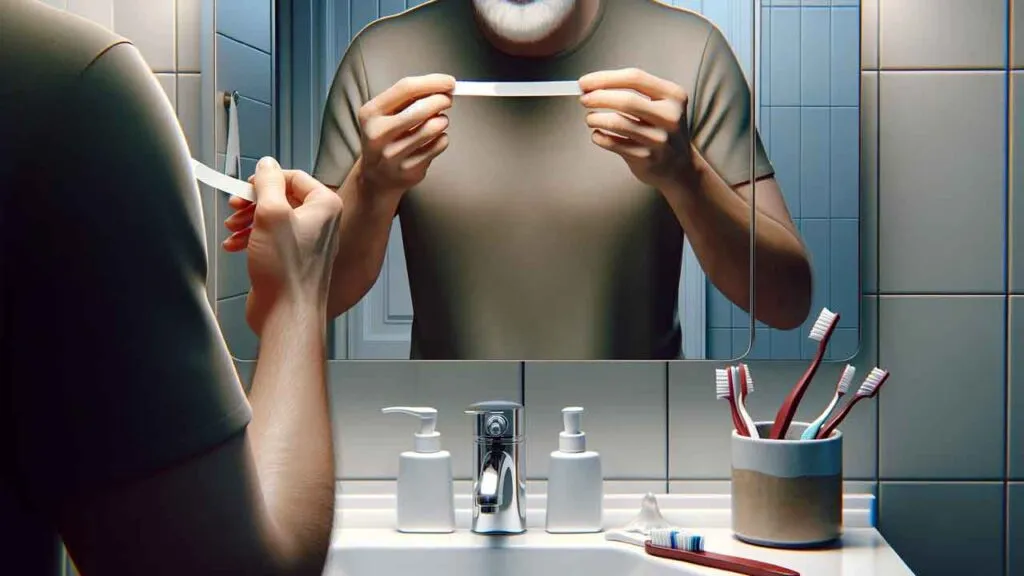What Are Teeth Whitening Strips
Teeth whitening strips are thin, flexible strips coated with a whitening agent, typically hydrogen peroxide or carbamide peroxide. Designed to adhere to the surface of your teeth, these strips offer a convenient at-home method for brightening your smile. They are a popular cosmetic dentistry product because of their ease of use and accessibility. They are available over the counter, making them a readily available option for individuals seeking to improve the aesthetic appearance of their teeth. The active ingredients in the strips penetrate the enamel, breaking down stain molecules and lightening the overall shade of your teeth. These strips are a cost-effective way to achieve a brighter smile without the need for professional dental procedures. It is essential to understand how these strips work and how to use them effectively to maximize their benefits and minimize any potential risks.
How Do Teeth Whitening Strips Work
Teeth whitening strips function through a chemical process that involves oxidation. The active ingredient, such as hydrogen peroxide, reacts with the stain molecules embedded in the enamel of your teeth. This reaction breaks down the stain molecules into smaller, less visible components, thereby lightening the teeth. The concentration of the whitening agent and the duration of its contact with the teeth influence the effectiveness of the process. The strips are designed to stay in place, ensuring the whitening agent remains in contact with the teeth for the recommended time. The design of the strip helps to maximize the contact between the whitening agent and the tooth surface, promoting effective stain removal. Proper application and adherence to the instructions are critical to the strips working as intended.
The Science Behind Teeth Whitening

The science behind teeth whitening centers on the interaction between the whitening agent and the tooth enamel. Tooth enamel is porous, and over time, stains from food, drinks, and smoking can accumulate in these pores, leading to discoloration. Whitening agents, usually peroxide-based, release oxygen molecules that penetrate the enamel and break down the stain molecules. This process is called oxidation. The effectiveness of the whitening process depends on the concentration of the whitening agent, the duration of application, and the individual’s tooth structure. Professional whitening treatments often use higher concentrations of whitening agents and can produce quicker results. However, over-the-counter products, like whitening strips, offer a more accessible and affordable alternative for gradual teeth whitening. Understanding the science helps to manage expectations and follow instructions for optimal results.
Choosing the Right Teeth Whitening Strips
Selecting the right teeth whitening strips involves considering several factors to ensure they meet your specific needs and expectations. Begin by assessing the severity of your teeth discoloration; this will help you determine the strength of the whitening agent needed. Look for strips with a reputable brand known for quality and efficacy. Check the concentration of the active ingredient, typically hydrogen peroxide, as higher concentrations may yield faster results but could also increase the risk of sensitivity. Read reviews and testimonials to understand the experiences of other users with the product. Consider the duration of treatment and the ease of application, making sure it fits your lifestyle. If you have sensitive teeth or gums, choose strips specifically designed for sensitivity, containing a lower concentration of the whitening agent. Always follow the instructions provided by the manufacturer and consult with a dentist if you have any concerns.
Considerations Before Starting
Before using teeth whitening strips, there are several key considerations. First, evaluate the current state of your oral health; address any existing dental issues, such as cavities or gum disease, before beginning whitening. Whitening strips may not be effective on dental work, such as fillings, crowns, and veneers, as these materials do not respond to the whitening agent. Determine the cause of your teeth discoloration to set realistic expectations. Consult with your dentist to ensure that teeth whitening is safe and appropriate for you. Some individuals may experience sensitivity or irritation, and your dentist can offer guidance on managing these potential side effects. Consider your lifestyle habits, such as smoking or consuming staining foods and beverages, as these can affect the longevity of your whitening results. Preparing adequately helps to ensure a successful and positive experience with teeth whitening strips.
Step-by-Step Guide to Using Teeth Whitening Strips
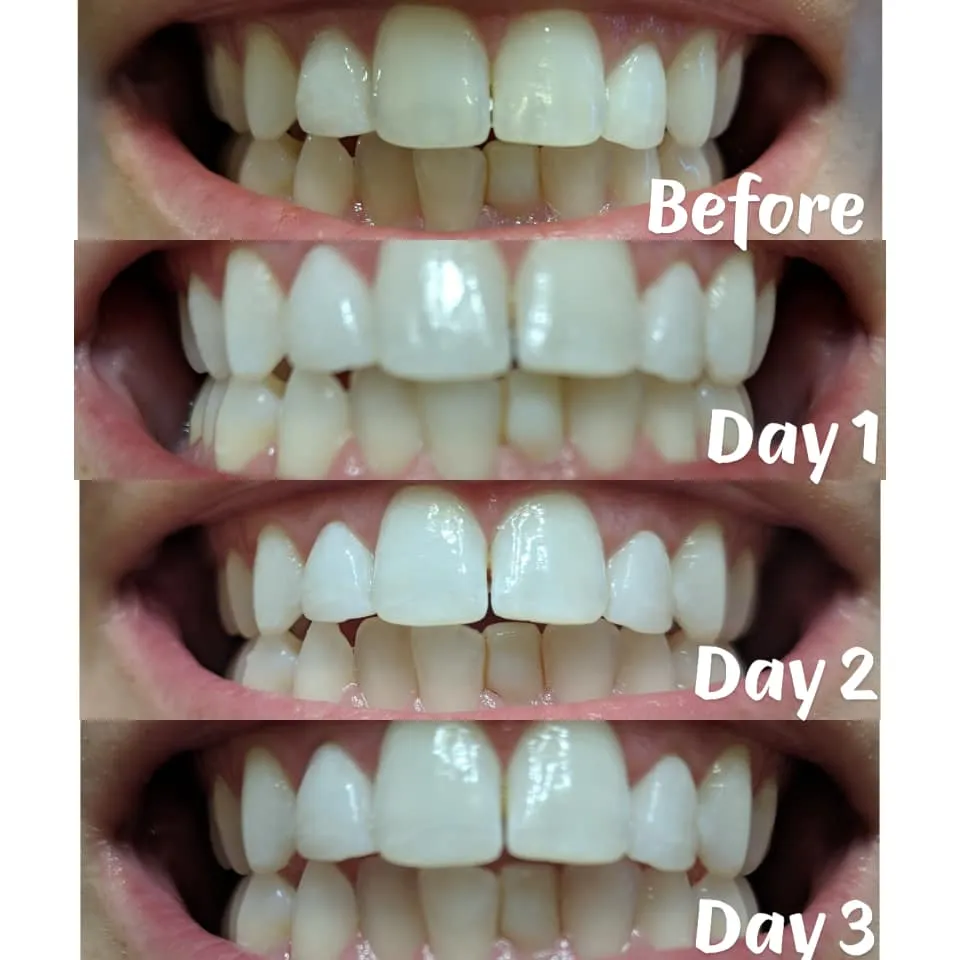
Following a step-by-step guide ensures the safe and effective use of teeth whitening strips. Begin by brushing your teeth to remove any surface debris, but avoid brushing immediately before applying the strips, as this can increase sensitivity. Carefully remove the strips from the packaging and peel them away from the backing. Apply the longer strip to your upper teeth and the shorter strip to your lower teeth, aligning them with your gum line. Gently press the strips onto your teeth, ensuring full contact with the surface. Fold any excess strip material behind the teeth to keep them in place. Set a timer for the recommended duration, typically 30 minutes to an hour, depending on the product. After the allotted time, remove the strips and discard them. Rinse your mouth with water to remove any remaining gel and brush your teeth gently. Consistent adherence to these steps will help you achieve the best results from your whitening treatment.
Preparing Your Teeth
Proper preparation is essential for maximizing the effectiveness and minimizing the potential side effects of teeth whitening strips. Begin by brushing your teeth to remove any food particles and plaque. However, avoid brushing immediately before applying the strips, as this can increase sensitivity. Floss your teeth to remove any debris between them, which can also contribute to sensitivity. Ensure your teeth are dry before applying the strips. This will help the strips adhere better and prevent them from slipping. Preparing your teeth properly creates an ideal surface for the whitening agent to work, leading to more consistent and effective results. Always follow the manufacturer’s instructions regarding preparation to ensure the best possible outcome and minimize the chances of adverse reactions.
Applying the Strips
Applying teeth whitening strips correctly is crucial for achieving optimal results and minimizing potential issues. Carefully remove the strips from their packaging, ensuring you handle them with clean, dry hands. Identify the upper and lower strips, as they are usually different sizes. Apply the longer strip to your upper teeth, aligning it with your gum line. Gently press the strip onto your teeth, ensuring it makes full contact with the surface. Repeat the process with the shorter strip on your lower teeth. Fold any excess material behind the teeth to secure the strips in place. Smooth out any air bubbles to ensure even contact between the strip and your teeth. Be careful not to overlap the strips onto your gums, as this can cause irritation. Proper application ensures the whitening agent is evenly distributed, leading to a more uniform whitening effect. Following these steps will help you get the most out of your teeth whitening treatment.
Timing and Duration
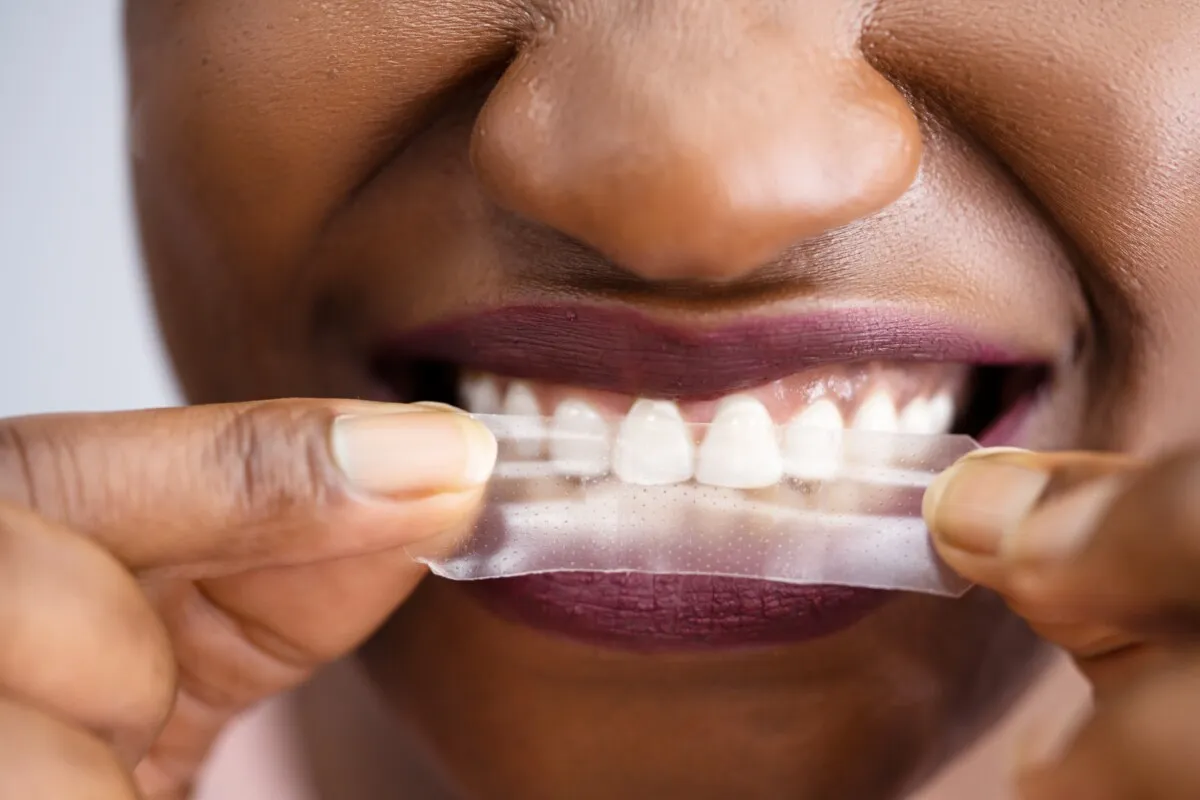
Timing and duration are critical aspects of using teeth whitening strips effectively. Adhere to the recommended usage time specified by the manufacturer, as exceeding this may increase the risk of sensitivity or other side effects. The typical duration is between 30 minutes to an hour, but this varies depending on the product and the concentration of the whitening agent. Set a timer to ensure you do not exceed the recommended time. Consistent use, as per the instructions, is vital for achieving the desired results. Avoid using the strips more frequently than recommended, as this can harm your teeth and gums. The total duration of treatment, often spanning a few weeks, also varies by product. Pay close attention to the instructions to understand the recommended treatment period and frequency of use. Proper timing and duration ensure the whitening process is both safe and effective, allowing you to achieve a brighter smile without compromising your oral health.
After Application
After using teeth whitening strips, specific steps help to ensure the best outcomes and minimize potential side effects. Remove the strips after the recommended time and discard them. Rinse your mouth with water to remove any remaining gel, but avoid swallowing it. Brush your teeth gently to remove any residue and freshen your breath. Avoid eating or drinking anything other than water for at least 30 minutes after use, as this can help prevent staining. Be mindful of any sensitivity you may experience and use a toothpaste designed for sensitive teeth, if necessary. Following these post-application steps enhances the effectiveness of the whitening treatment and contributes to the overall health and appearance of your teeth. Proper aftercare is a crucial aspect of using teeth whitening strips safely and efficiently.
Tips for Maximizing Results
Several strategies can help maximize the results of your teeth whitening strip treatment. Maintaining excellent oral hygiene is crucial; this includes brushing twice daily, flossing regularly, and using mouthwash to keep your teeth clean and your gums healthy. Limit your consumption of staining foods and beverages, such as coffee, tea, red wine, and dark berries, especially during the treatment period. Consider using a whitening toothpaste to maintain the results and boost the whitening effect. Avoid smoking, as it can severely stain your teeth and counteract the whitening process. Regularly visit your dentist for check-ups and professional cleanings to keep your teeth healthy and bright. Following these tips will help extend the benefits of your whitening treatment, allowing you to maintain a bright and confident smile for a longer duration.
Consistency is Key

Consistency is paramount when using teeth whitening strips; regular and consistent application as per the instructions is essential for achieving the desired results. Skipping applications or not adhering to the recommended treatment duration will likely lead to less effective whitening. Create a schedule and incorporate the use of whitening strips into your daily or weekly routine. Be patient, as teeth whitening is a gradual process, and it may take several weeks to see noticeable improvements. Avoid the temptation to overuse the strips to speed up the process, as this can increase the risk of sensitivity and other side effects. Sticking to the recommended plan ensures that the whitening agent has enough time to effectively penetrate the enamel and break down the stains. Consistent use, along with proper oral hygiene, will significantly contribute to a brighter and more radiant smile.
Dietary Restrictions
Dietary choices play a significant role in the success and longevity of your teeth whitening results. During and immediately after the teeth whitening treatment, it is important to avoid foods and beverages that can stain your teeth. This includes coffee, tea, red wine, dark-colored sodas, and heavily pigmented fruits like berries. Be cautious with foods that contain artificial dyes or coloring agents. Opt for a diet rich in teeth-friendly foods, such as white meats, dairy products, and crunchy vegetables, which can help remove surface stains. Drink plenty of water to help keep your mouth clean and hydrated, which is essential for maintaining a bright smile. Paying close attention to your diet while using teeth whitening strips enhances the whitening effect and minimizes the chances of your teeth re-staining quickly. Consider incorporating these dietary habits into your routine to maintain a long-lasting bright smile.
Oral Hygiene Practices
Proper oral hygiene is essential for maximizing the benefits of teeth whitening strips and maintaining a healthy smile. Brush your teeth thoroughly at least twice a day for two minutes each time, using a soft-bristled toothbrush and fluoride toothpaste. Floss daily to remove plaque and food particles from between your teeth and along the gum line, where your toothbrush can’t reach. Use an antimicrobial mouthwash to reduce bacteria in your mouth and freshen your breath. Schedule regular dental check-ups and professional cleanings to remove plaque and tartar, which can hinder the effectiveness of whitening treatments. Consider using a whitening toothpaste to help maintain the brightness of your teeth. Following these oral hygiene practices not only supports the effectiveness of your teeth whitening efforts but also contributes to the overall health of your teeth and gums, ensuring a beautiful and healthy smile for years to come. Remember that good oral hygiene is the foundation of any successful whitening treatment.
Potential Side Effects and How to Manage Them
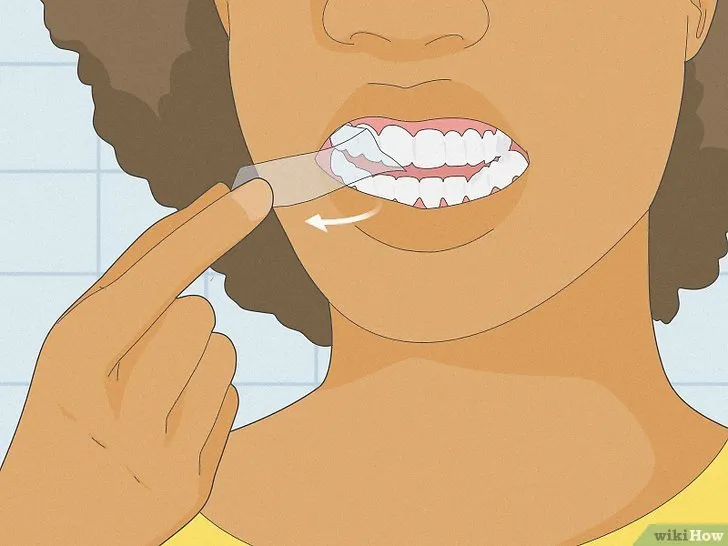
While teeth whitening strips are generally safe, understanding the potential side effects and how to manage them is essential. The most common side effects include tooth sensitivity and gum irritation. Tooth sensitivity may manifest as a sharp, temporary discomfort when exposed to hot or cold temperatures. Gum irritation can appear as redness, swelling, or tenderness along the gum line. To manage tooth sensitivity, use a toothpaste specifically designed for sensitive teeth, which contains ingredients like potassium nitrate. Avoid excessively hot or cold foods and drinks. For gum irritation, ensure the whitening strips do not overlap onto your gums. If irritation persists, reduce the frequency of your treatments or consult with your dentist. In rare cases, other side effects can occur, such as enamel erosion, which is why it’s important to follow all instructions and consult a dentist if you have any concerns. Being prepared for potential side effects helps to ensure a positive and comfortable whitening experience.
Tooth Sensitivity
Tooth sensitivity is a common side effect of using teeth whitening strips. It often manifests as a temporary sharp pain or discomfort when the teeth are exposed to hot or cold temperatures, or even air. This sensitivity occurs because the whitening agent can penetrate the enamel and temporarily affect the tooth’s nerves. To manage tooth sensitivity, use a toothpaste specifically designed for sensitive teeth, which contains ingredients like potassium nitrate, to help block the pain signals. Avoid excessively hot or cold foods and beverages during the treatment period. Reduce the frequency of your whitening treatments if the sensitivity is severe. Consult your dentist if the sensitivity is persistent or worsens; they may suggest additional treatments or products to alleviate the discomfort. Understanding and managing tooth sensitivity can make the teeth whitening process more comfortable and enjoyable.
Gum Irritation
Gum irritation is another potential side effect associated with teeth whitening strips. It often manifests as redness, swelling, or tenderness along the gum line. This irritation usually happens when the whitening agent comes into contact with the gum tissue. To minimize gum irritation, make sure the whitening strips are applied correctly, ensuring they do not overlap onto your gums. Avoid using the strips if you have any open sores or cuts in your mouth. If you experience gum irritation, reduce the frequency of your treatments or take a break from using the strips. You can also try rinsing your mouth with lukewarm saltwater to soothe the irritated gums. If the irritation persists or worsens, consult with your dentist. Following these steps helps prevent and manage gum irritation, allowing you to continue whitening your teeth safely.
Alternatives to Teeth Whitening Strips
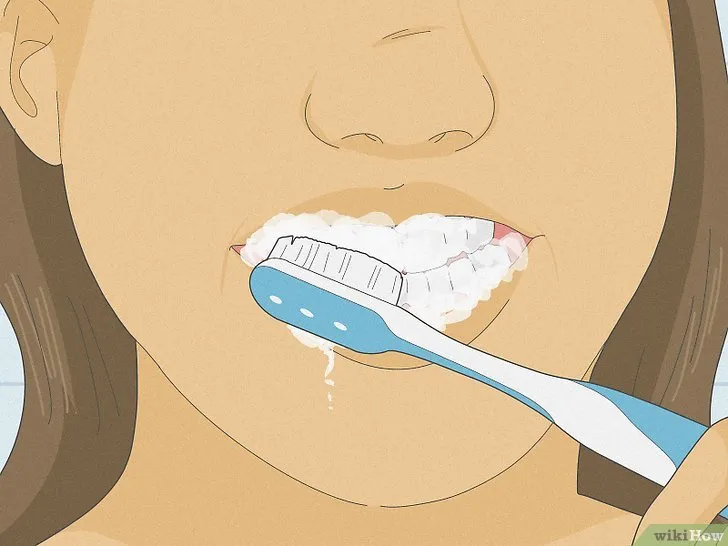
Several alternatives to teeth whitening strips offer different approaches to achieving a brighter smile. Over-the-counter whitening products include whitening toothpastes, which contain mild abrasives or chemicals to remove surface stains, and whitening gels that can be applied with a tray. Professional teeth whitening, performed by a dentist, often involves stronger whitening agents and can produce faster results. These treatments may include in-office whitening sessions or custom-fitted trays for at-home use with a dentist-prescribed whitening gel. Other options include dental veneers, which are thin shells bonded to the front of teeth, and dental bonding, where a tooth-colored resin is applied to the teeth to improve their appearance. The choice of alternative depends on your individual needs, the severity of your teeth discoloration, and your budget. It’s important to discuss these options with your dentist to determine the best approach for you.
